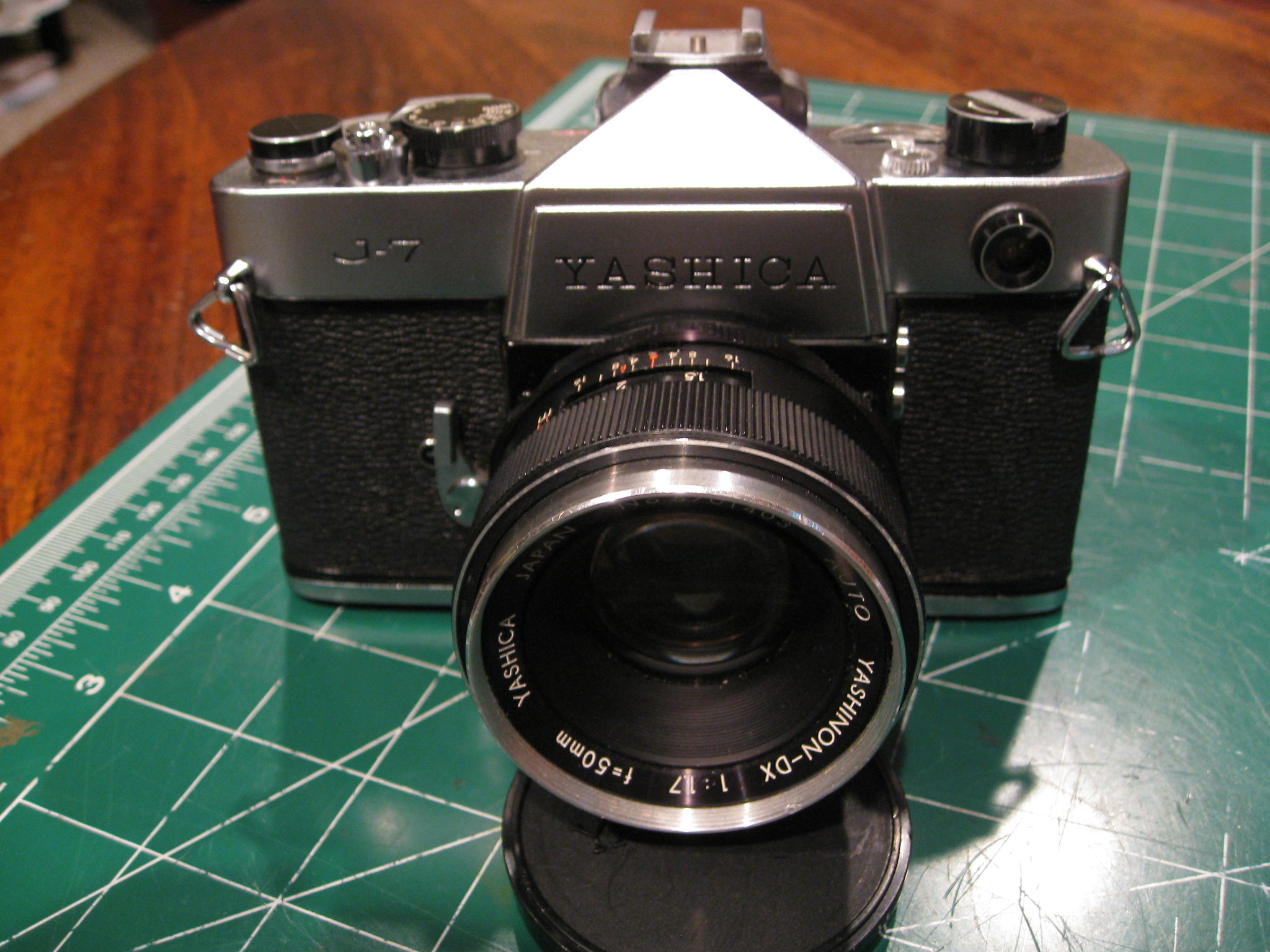

You actually view through a side window an 'approximation' of what you will get. A rangefinder is a system where you do not look through the lens. Slow lenses, but on the bright side, because they are slow lenses, they're not that bulky / heavy / big.

So the best compromise is to make the lenses slower. it's not that deep is it? If your focussing is slightly off, chances are that at f2 you're going to notice it. Now think about the DOF (depth of field) you have on a 90mm lens in 35mm land. For instance, a standard lens in MF land is 80mm or 90mm. This is because Mamiya couldn't guarantee precise focussing with a rangefinder MF system. With maximum apertures of f4.5, they are a few stops slower than other MF systems. This is the real downside - depending on what you are shooting. Point the camera down and the horizon is at the top of the frame - straight as an arrow. The distortion in these lenses is almost non existent. The wide angles in particular extend right into the camera body and are a few mm close up to the film plane.

It's a rangefinder system, so the lens designs were not compromised by having to 'work around' there being a mirror in the way. Try out many other MF systems and you'll soon see why the Mamiya is great for compactness and light lenses.Ī. I do a lot of traveling and it's important that the camera is light and that the lenses are light too. Because first and foremost, I wanted something with maximum resolution and lightest weight. Why did I choose this camera over other Medium Format systems?Ī.

But for those that are intrigued by the camera and want to know what I think about it, I'm going to give you the low down here and now. I feel that many people assume that having the same camera as me is going to make their images better, which I misleading. Electronic flash is synchronized with the shutter at all speeds for simple daylight fill-flash even at a shutter speed of 1/500.I get a lot of e-mails regarding the Mamiya 7 camera, which I use extensively for my travel and landscape shots. Mamiya's original electronic lens shutter ensures accurate speed control with minimal lag time. The six interchangeable lenses provided for the Mamiya 7 not only enjoy the benefits of superior design, they also yield the highest quality of pictorial impact thanks to cutting-edge optical technologies and manufacturing technologies of unmatched precision. For just one example, lens groups can be positioned in near perfect opposition, doing away with almost all problems of spherical or chromatic aberration. Various other restraints on lens design are also removed, providing far more versatility in coming up with a lens composition that approaches ideal optical theory. Features included an easier-on-the-eyes bright frame viewfinder, multiple-exposure capability, and much more.Ī significant advantage of rangefinder camera design is the elimination of the mirror box and the resulting shorter flange focal distance which permits placing the rear lens element close to the film plane. The Mamiya 7 II packed all the features and functions of the original Mamiya 7 into a new design that enhanced both operation and portability. Its compact design made it the smallest, lightest camera in its class, bringing easy portability and 35mm handling convenience to the 6x7 format. Soon the Mamiya 7 was firmly established as the interchangeable lens 6x7 format rangefinder camera with outstanding The original Mamiya 7 set a new standard for medium format photography when it first hit the market in 1995.


 0 kommentar(er)
0 kommentar(er)
